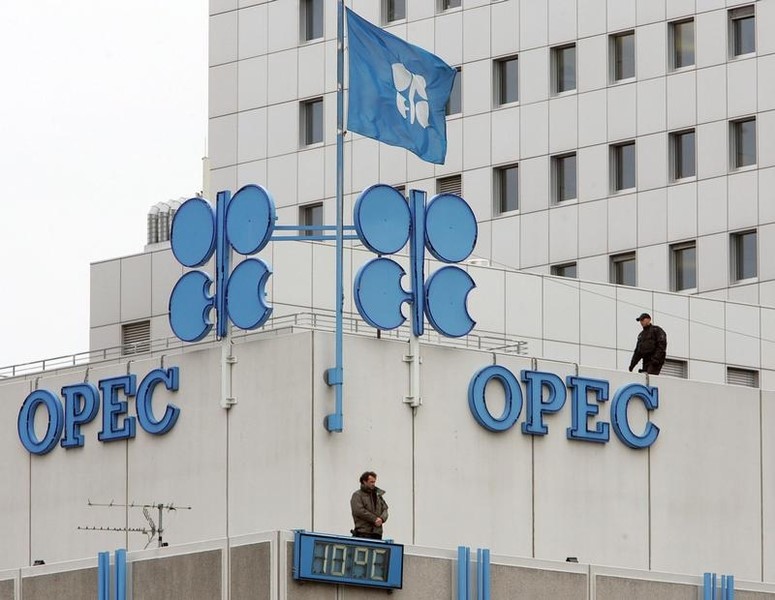Investing.com - Crude oil prices settled into a broadly higher range Friday, after spiking in reaction to signs that the OPEC+ gathering will, after all, result in a meaningful tightening of output policy by the cartel and its allies.
Markets had initially reacted negatively to an announcement that the group would cut 500,000 from their official output ceiling, the feeling being that this would only redistribute the burden-sharing away from Saudi Arabia, which had produced below its quota all year.
But perceptions changed when Prince Abdullaziz bin Salman, the kingdom’s oil minister, said that Saudi would continue to under-produce. U.S. crude prices then spiked as far as $59.84 a barrel before retreating to $59.09 by 11:17 AM ET (16:17 GMT). That’s still up 1.1% on the day and a gain of over 5% on the week.
International benchmark blend Brent, meanwhile, was up 1.3% at $64.19 a barrel.
As such, the notional amount of production being consciously withheld from the world market between January and March will be 2.1 million barrels a day. However, Wood Mackenzie analyst Ann-Louise Hittle warned that the cuts will likely end up being not that deep.
“We won't see a cut of 2.1 mbd with the extra Saudi cuts,” she said via Twitter. “Don't count on full adherence from others.”
The new arrangements are a win for Russia, which although it accepted a further 70,000 bpd cut in its ceiling, effectively nullified the effects of it by having its gas condensate output effectively removed from the calculations. Energy Minister Alexander Novak was quoted by wires as saying Russia’s cut would remain effectively unchanged. It had in any case been producing above its agreed ceiling of 11.21 million bpd.
Many analysts expect the global market to be oversupplied in the first half of next year, with non-signatories to the deal such as Brazil and Norway both scheduled to raise output significantly.
